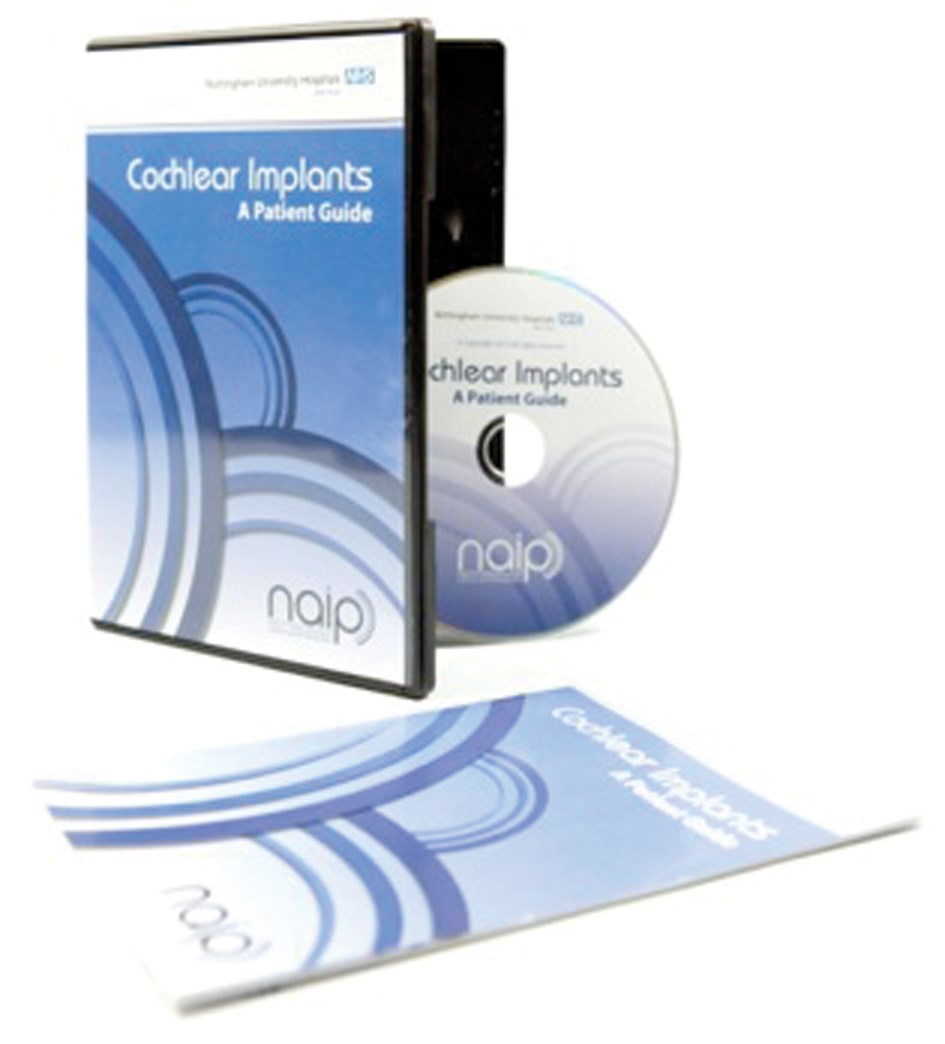Considerable progress has been made over the last few years in improving access to cochlear implantation (CI) in the UK for children and adults with severe to profound deafness. But we are still not treating children early enough, and we are hardly reaching adults at all!
Background
Payment by Results in 2008 released funding for adults, NICE guidelines (TA166) published in 2009 outlined clinical criteria for implantation and, more recently, the NHS England’s 2013 publication of the National Service Specification for Cochlear Implantation set out the scope and key service outcomes for CI services. And yet, although uptake has increased, only 74% of those children aged 0-3 who we would anticipate need a CI have received one and, a deplorable 5% of the expected adult deaf population [1].
Opening up referral routes Whilst there is a way to go before NICE guidance fully meets the needs of all patients who would clinically benefit from cochlear implantation, we as professionals need to use the existing mechanisms already open to us more effectively. We can significantly improve patient outcomes by early referral, efficient assessment and timely treatment.
The National Service Specification, for instance, has opened up referral opportunities beyond the original ENT consultant only, to now include general practitioners (GPs), NHS and private audiology services, and paediatricians. This is already tried and tested in some centres, and has led to a significant increase in referrals.
Age at implant can be improved further
The most common age at implant for children on our programme went down from three years of age in 2006 to one year of age in 2009. This may be attributed to the introduction of the Universal Newborn Hearing Screening programme in 2006. Whilst a significant proportion of our paediatric referrals are for later onset hearing losses or immigrant populations who have failed to receive care earlier abroad, there remain many young babies and children who are referred late for a whole host of reasons, including management of complex medical conditions or additional difficulties.
Paediatric challenges
Hearing impaired babies and children can present challenges which frustratingly disrupt a smooth and timely assessment pathway, including difficulties in testing, recurrent middle ear conditions and hearing aid intolerance. Families may also struggle with the diagnosis of hearing loss, and / or to comply with the demands of the care pathways. The result is that babies and young children can still wait too long for diagnosis, correct hearing aid management, treatment of middle ear conditions and referral to a CI centre.
Adult challenges
In the case of adults, Davis (2007) has shown that GPs fail to refer up to 45% of people reporting hearing loss [2]. Furthermore, evidence has shown a 10 year gap between an adult becoming aware of their hearing difficulties, and their seeking help. In many cases, patients either don’t know about, or simply don’t want to have a hearing aid, let alone a cochlear implant. There is also a paucity of information available for adults.
Areas for improvement
Two key areas for improvement are identified:
• Earlier referral and faster assessment pathways for babies and children
• Improving awareness of CI, particularly for adults, amongst the public and professionals.
What are we doing?
To provide more accessible information for prospective patients, we have developed a DVD which covers the whole process from assessment, through surgery to long-term support. It includes a range of ‘patient video stories’ and has become an invaluable part of our assessment process (Figure 1).

Figure 1: Cochlear Implants: A Patient Guide DVD from Nottingham Auditory Implant Programme.
We continue to promote early referral for paediatrics, with Refer Me Early leaflets which explain our support for very young babies. For adults, we have developed a simple leaflet on auditory implantation, aimed at GP and ENT waiting rooms and we are introducing training for GPs. Contact us at naip.nuh.nhs.uk for further information.
What can you do?
As referring professionals, there is much you can do to help your implant programme ensure your patients are assessed and treated in a timely fashion. Our referral guidelines are available at www.nuh.nhs.uk/media/1102086/ referral_guidelines_for_naip_2012.pdf, and you will find the contact details of your local CI centre at http://www.bcig.org.uk/type/contact-centre/
References
1. Davis A, Smith P, Ferguson M, Stephens D, Gianopoulos I. Acceptability, benefit and costs of early screening for hearing disability: a study of potential screening tests and models. Health Technology Assessment 2007; Vol II: 42.
2. Raine C. Cochlear Implants in the United Kingdom: Awareness and utilization. Cochlear Implants International 2013;14(S1):S32-7.
Declaration of Competing Interests: None declared.
HELPFUL TIPS FOR YOUR COCHLEAR IMPLANT REFERRALS
(contact your CI programme for any specific local agreements)
REFERRAL
Who can refer?
ENT surgeons, GPs, audiology services (NHS or private) and paediatricians.
At what point should the referral be made?
Best outcomes are associated with short duration of severe/profound deafness.
-
Babies and young children: Refer to your CI centre as soon as functional severe/profound deafness is suspected.
Although we may not see them until they are four to six months of age, we will work with local services in the interim to provide support and advice. Early fitting of hearing aids remains essential. Ideally, they will attend their first CI assessment with hearing aids set to optimum levels, well-fitting ear-moulds and where possible, clear middle ears. However, do not delay referral if challenges arise in reaching this point, or contact your local CI centre for local arrangements. -
Adults: Following confirmation of severe/profound functional deafness and valid hearing aid trial.
Information required
The referral should comprise appropriate medical history, unaided hearing test results (including 2 and 4kHz where possible), and evidence of hearing aid trial.
CRITERIA
What are the NICE criteria for cochlear implantation?
-
In brief: hearing levels >90dBHL at 2 and 4 kHz
-
Further for babies and young children: Speech, language and listening skills which are below appropriate for age, developmental stage and cognitive ability.
-
Further for adults: Requirement of <50% score on BKB sentences at 70dBSPL.
If a patient’s hearing level does not strictly meet criteria, but the CI team support cochlear implantation, an Individual Funding Request can be made to the appropriate commissioning body.
Valid hearing aid trial
-
A valid hearing aid trial consists of regular use of optimally fitted hearing aids with well-fitting ear moulds for a specific period of time. NICE guidance stipulates a three month minimum trial, where appropriate. The duration of the trial can be flexed if clinically appropriate. We can accept referrals whilst the trial is ongoing.
Are ‘referral criteria’ the same as ‘implantation criteria’?
No. You do not have to demonstrate that a patient meets NICE guidance before referring for CI assessment. Referrals are encouraged where severe to profound functional deafness is suspected. An audiogram does not always reflect the difficulty a patient may have in hearing.
HOW YOU CAN HELP US IN THE ASSESSMENT PROCESS
-
Undertake full hearing testing where possible, and as a minimum test to the levels required in NICE guidance, i.e. 90dBHL at 2 and 4kHz.
-
We will need evidence of reliable and consistent hearing levels on at least two occasions prior to implantation, so the level and accuracy of local hearing tests can really help to minimise the number of visits required to the CI centre.
-
Measure the level of sensorineural hearing in the absence of a conductive overlay wherever possible.
-
Treat middle ear congestion and infection proactively and without delay.
-
Middle ear suction can cause temporary threshold shift and thus over-estimate hearing loss. Any ABR assessment undertaken immediately following suction should be interpreted with caution.
-
Parents / families may need a great deal of support to establish proper hearing aid use in order to effect a valid trial. CI cannot proceed until this has been fully supported, due not least to the possibility of rejection and non-compliance following surgery.




